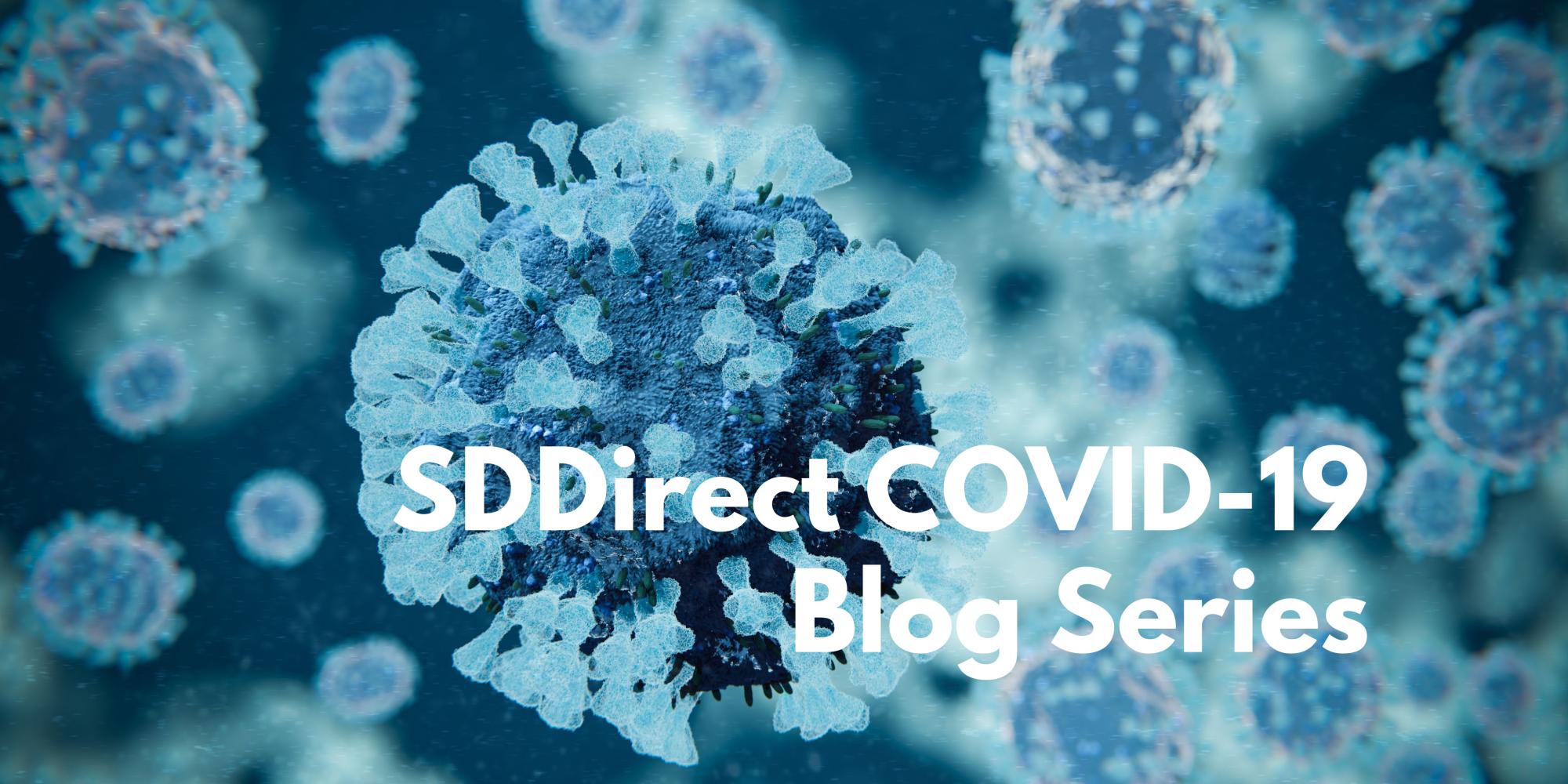
Date published
People with disabilities are disproportionately impacted by COVID-19 not only because it can exacerbate underlying medical conditions, but because of attitudinal, environmental and institutional barriers to their participation in and benefit from the pandemic response. The emerging evidence on the impact of COVID-19 on people with disabilities points to a number of recommendations for a disability-inclusive response to COVID-19:
- Engage people with disabilities, their representative organisations (DPOs) and disability-focused organisations throughout planning, implementation and evaluation, to ensure the COVID-19 response is inclusive.
- Provide information on COVID-19 prevention and government response measures in accessible formats.
- Identify and remove barriers to prevention measures for COVID-19. For example, disability and gender-sensitive WASH prevention interventions, or additional support to carers of people with disabilities and residential institutions.
- Identify and remove barriers to safe access to treatment for COVID-19. For example, ensure medical protocols do not discriminate on the basis of disability; ensure purpose-built and adapted hospitals, testing and quarantine facilities are accessible, including signage and information, physical premises and healthcare worker awareness and attitudes.
- Identify and remove access barriers to social support, essential healthcare, food, education and social protection schemes. For example, ensure food aid is distributed from accessible locations or delivered to people’s homes, deliver home learning programmes using accessible media, consider paying benefits upfront and using remote means to make assessments, and ensuring people with disabilities and their support workers in homes and communities have access to training, testing and the necessary protective equipment.
- Provide funding for and partner with DPOs and disability-focused organisations to build capacity on disability inclusion.
- Consider the intersections between age, gender and disability and other factors which may mean some people with disabilities are less likely to be included (the data and evidence on these intersections is limited).
- Collect disability-disaggregated data and gather lessons learned on what works in disability inclusion in the COVID-19 response, including on addressing stigma and discrimination against people with disabilities.
- Ensure feedback and complaints mechanisms during the COVID-19 response are accessible to people with disabilities.
- Start thinking about how to ensure an inclusive recovery, particularly through engaging people with disabilities and DPOs and planning for a twin-track approach.
Recommendations are also available from other organisations, including:
- International Disability Alliance: COVID 19 and the disability movement (see also their resource page)
- The United Nations Economic and Social Commission for Asia and the Pacific: Ensuring Disability Rights and Inclusion in the Response to Covid-19
- The United Nations Children’s Fund (UNICEF): Covid-19 response: Consideration for children and adults with disabilities
- World Health Organization: Disability considerations during the COVID-19 outbreak
We welcome constructive feedback on this blog and are keen to collaborate with organisations that share our values and our commitment to ensuring no one is left behind as part of the COVID-19 response.
Area of work this relates to